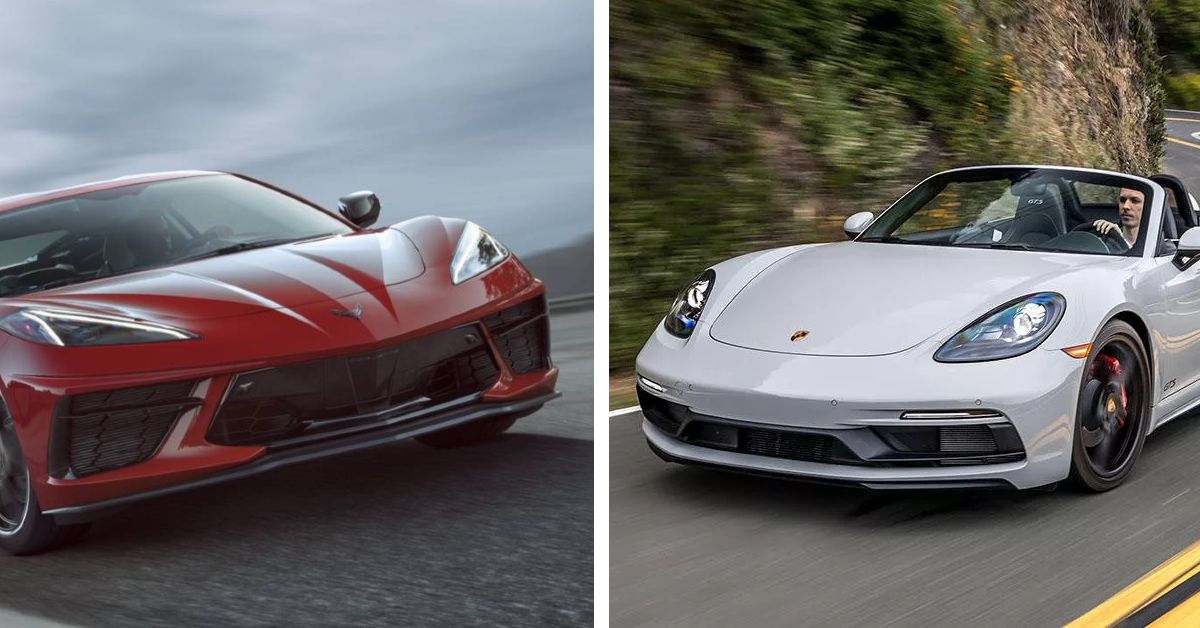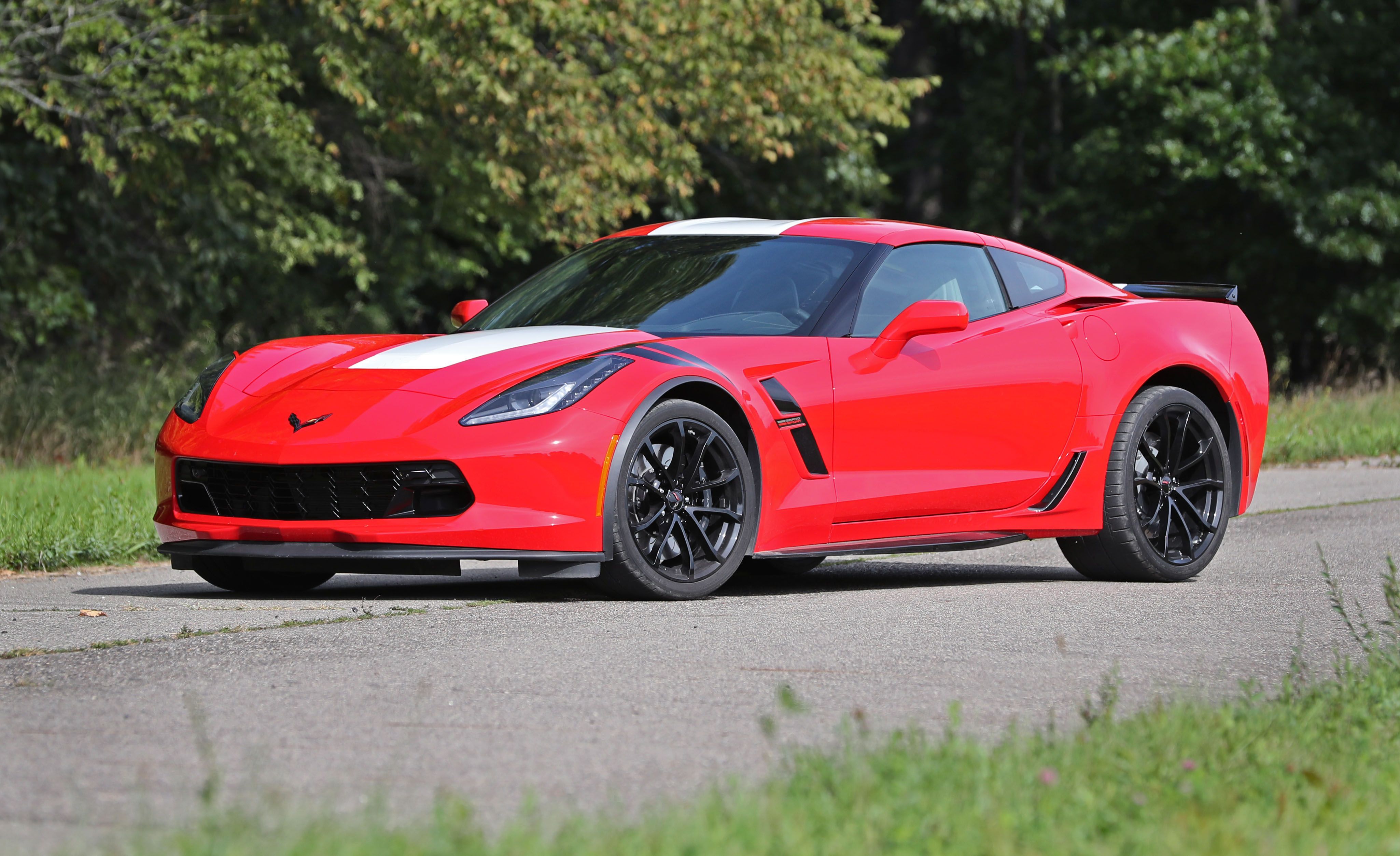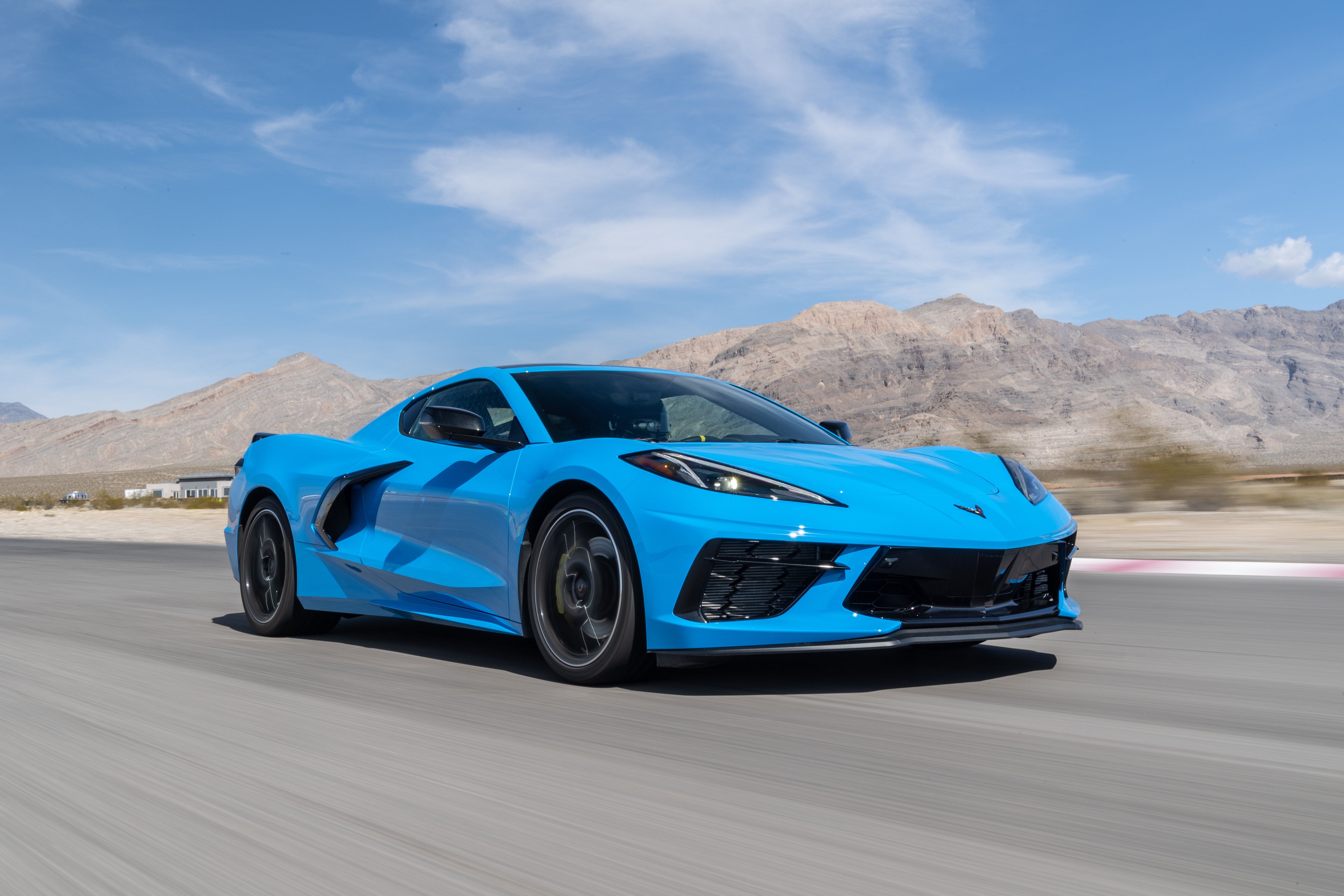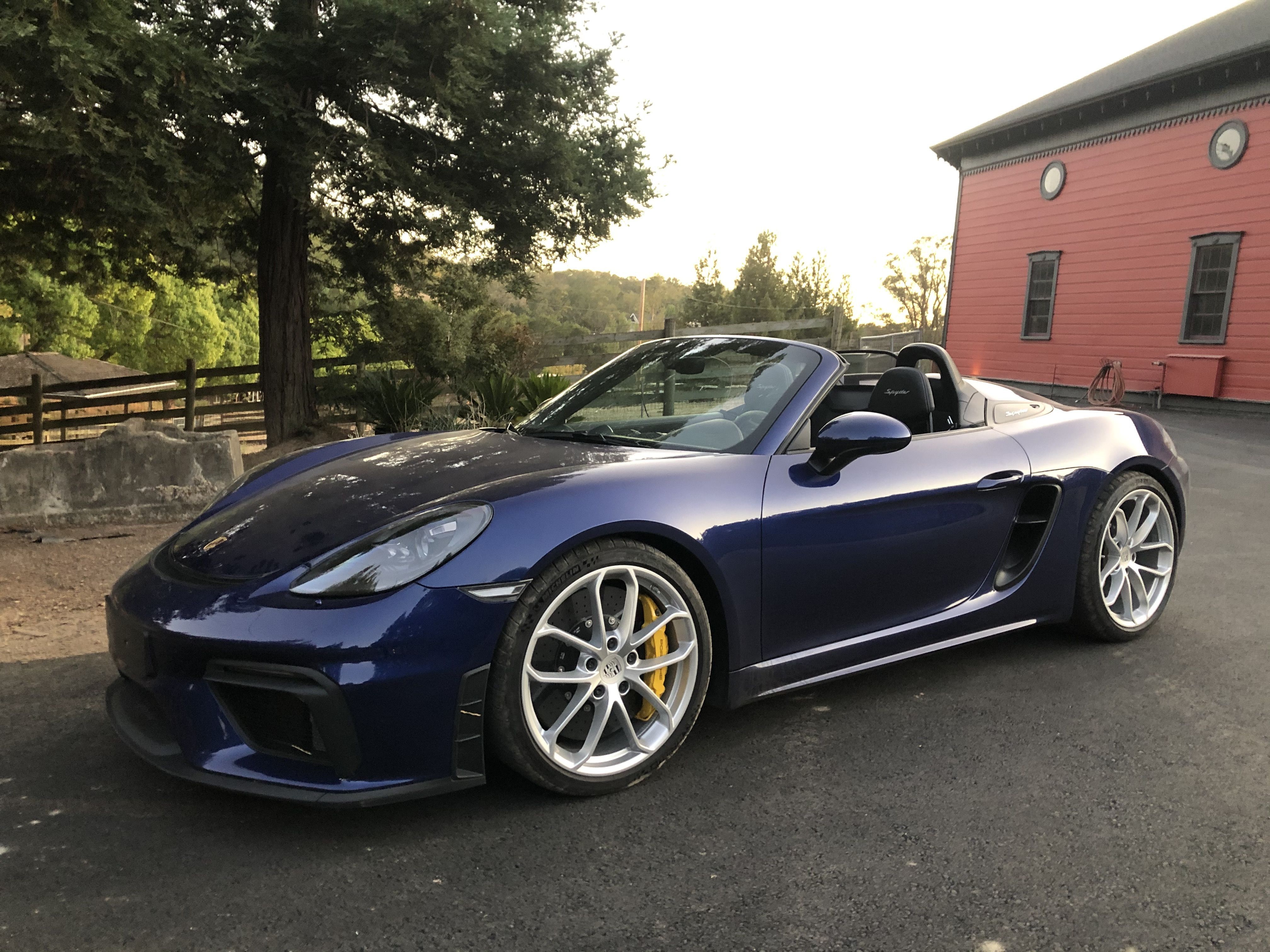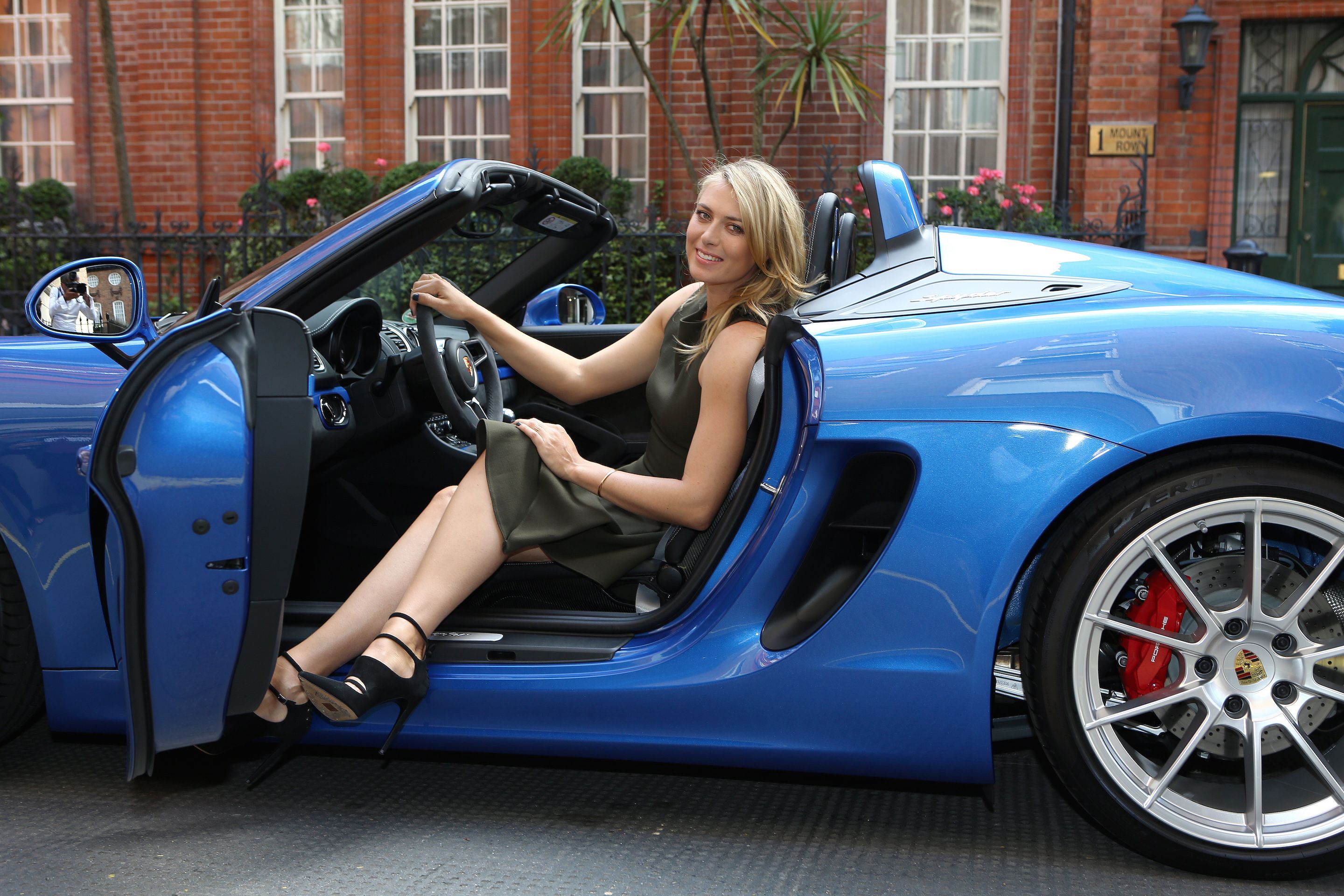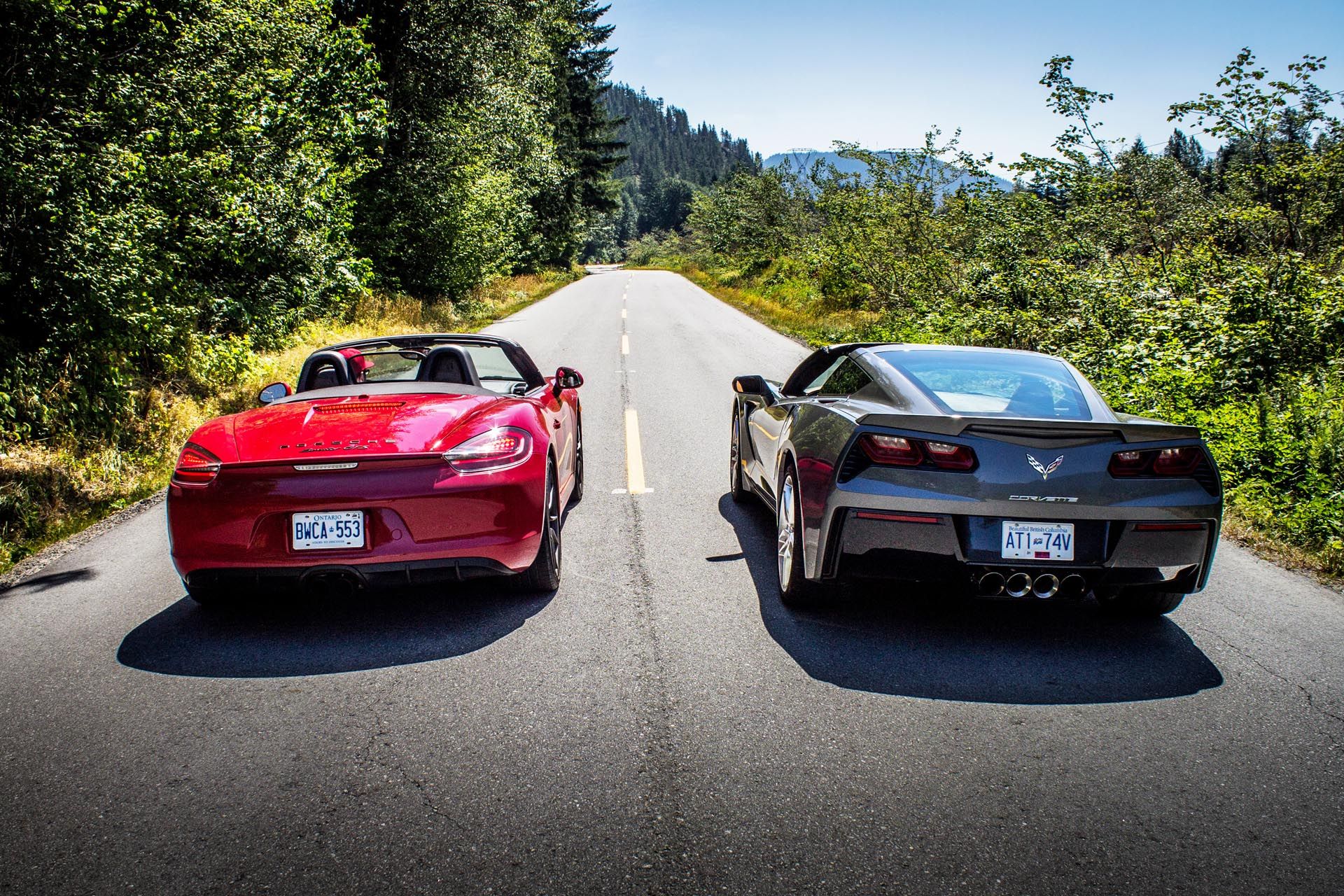In 1965, psychologist Elliot Jaques coined the term "midlife crisis," referring to a period when adults experience a fear of mortality. They begin to evaluate their life’s achievements and the dwindling number of remaining years of productivity (as well as a diminishing number of years left to drive a high-performance sports car).
Psychology Today describes the midlife as “the central period of a person's life, spanning from approximately age 40 to age 65. It can be a stressful time, as many people come to feel discontented and restless as they struggle with aging, mortality, and holding onto a sense of purpose.”
For everyday individuals, symptoms could include religious awakenings, neglect of personal hygiene, promiscuity, and many others, but of course, the most essential is the difficulty deciding which brand-new flashy attention-getting sports car to purchase!
While many different vehicles may serve to fulfill the mid-life crisis victim’s automobile requirements, the Chevrolet Corvette and the Porsche Boxster are among the most popular. Both cars have high-performance handling characteristics, excellent acceleration, sleek, exotic, attention-getting good looks, and are reasonably priced.
So, which one of these two sports cars is the “king of the midlife crisis?”
Baby Boomers Dominate Corvette Sales
Baby Boomers, born between 1946 and 1964, are the second-largest generational group in U.S. history (just behind the millennial generation). The group represents almost twenty percent of the U.S. population and a substantial portion of the world's inhabitants.
Although they are aging, Boomers still have a significant impact on the economy and are often the focus of business plans and marketing campaigns.
According to Edmunds, in 2019, 33% of Corvette buyers were age 65 or older, an increase from 28% in 2013. Adding the upper portion of the mid-life crisis group, approximately 61% of Corvette buyers were age 55 or older through 2019.
Corvette’s traditional attraction to older buyers can be attributed to several factors.
Generation X buyers (born from 1965 to 1980) were exposed to the lowest-performing “Vettes” during their adolescent years. For these car enthusiasts, exotics like the Ferrari 308, Porsche 911 Turbo, and Lamborghini Countach, were the objects of their desires, not the 200 horsepower Mako Shark Corvette.
Gen X consumers had kids late, putting off child-rearing until their mid-30s. A two-seat sports car has little appeal to a parent who needs to haul the youngsters to the Saturday soccer game.
Economic disasters and recessions have impacted the Gen X earnings with lost jobs and depleting savings. A $60,000 toy is not at the top of anyone’s list who has to pay college tuition.
According to Auto Week, younger buyers have different tastes in automobile selection, “Car sales trends continue to show that the majority of buyers continue to value an understated automotive presence. [They] are snapping up silver Passats with abandon, luxuriating in lookalike Audis, and even revering the gawdawful Prius as an aspirational vehicle. A low, sleek, hyperventilated land missile doesn't fit the image many of us have of success.”
Mid-Engine Corvette Targets Gen X and Millennial Buyers
The success of the eighth-generation Corvette will largely depend on the sports car’s appeal to Gen X and Millennial (born from 1980 to 2000) buyers.
However, the market is competitive with a growing number of high-performance sports cars to choose from, including all-electric vehicles from Tesla, BMW, Nissan, Chevrolet, Porsche, and others.
Chevrolet is betting on the mid-engine C8.
After-sales more than doubled with the arrival of the seventh-generation car, Corvette sales in the U.S. have steadily declined since 2014.
Steve Majoros, Chevrolet vice president of marketing, implies the diminishing Boomer demand has contributed to the decline, and he says, “We have great loyalty from Corvette, but we’ve got to reach out to new types of buyers.”
The Boxster: A Poor Man’s Porsche?
Since its introduction in 1996, the Boxster has been plagued with the designation as a “poor man’s (person’s)” Porsche.
The 2020 Porsche Boxster accelerates from 0 - 60 mph in 4.7 seconds and reaches a top speed of 170 mph. Experts agree the excellent handling is typical of a mid-engine sports car, and the Boxster starts at $59,600.
The base model 911 Carrera has a price of $97,400. The Porsche hits 60 mph in 3.0 seconds on its way to a top speed of 191 mph. Although it is a rear-engine car, the 911 uses a similar suspension to the Boxster, and handling is nearly the same.
While the performance difference between the two Porsche models is not insignificant, the prestige of owning a 911 Carrera is certainly enough for some buyers to pay the extra fare.
A Porsche convertible with a mid-engine that sells for less than a Carrera sounds like a great deal, but it helped the sports car earn the “poor man’s” Porsche moniker because only those who could not afford a Carrera bought one.
Boxster: No Longer a “Chick” Car
During the early Boxster production years, some Porsche enthusiasts assumed that some (but not all) women bought Boxsters because they were softer, less powerful, and therefore more manageable.
The Boxster gained a reputation as a “Chick” car. Even Charlie Harper (Charlie Sheen) and his brother Allen (Jon Cryer) in the TV sitcom, Two and a Half Men, referred to the female preference.
When Alan shows Charlie his new Porsche Boxster, Charlie comments, “It cute.”
Alan replies, “What do you mean, cute? It is not a chick car! The salesman showed me brochures with pictures of men driving it.”
Sales of the Porsche Boxster indicate a greater appeal to the mid-life crisis group than the Corvette. Porsche customers have always been relatively young compared to Corvette customers. In the U.S., the typical 911 buyer falls into the 46 to 65 range with an average age of 52, and a household income of $310,000. The Boxster buyer is age 36 to 55, with an average of 47 years and an average income of $243,000.
The King of Midlife Crisis: Corvette or Boxster
In the U.S., sales of Corvettes far exceed the sales of Porsche Boxsters. According to Carsalesbase.com, in 2018, Corvette sold 18,791 units while only 2,097 Boxsters were purchased.
With 61% of Corvette buyers in the age 55 or older category, the older group purchased over 11,000 units in 2018, five times as many as the total Boxster purchases by all age groups.
While the Boxster has evolved into a first-class high-performance sports car, shedding its “chick” car image, the Corvette is still the preferred choice of the midlife crisis buyer.
Sources: hemmings.com, theatlantic.com, cnbc.com, drivetribe.com, psychologytoday.com

